How ABA Therapy Supports Children with Anxiety
Harnessing ABA Therapy to Tackle Anxiety in Children with Autism
Introduction: Understanding ABA and Anxiety in Autism
Children with Autism Spectrum Disorder (ASD) frequently face the dual challenges of navigating their developmental needs alongside significant anxiety disorders. Significantly, approximately 40% of those with autism experience heightened anxiety levels, which profoundly affects their ability to interact socially and succeed academically. This article explores how Applied Behavior Analysis (ABA) therapy offers targeted support for these children, helping to manage and reduce anxiety through structured, evidence-based approaches.
The Prevalence of Anxiety in Children with Autism
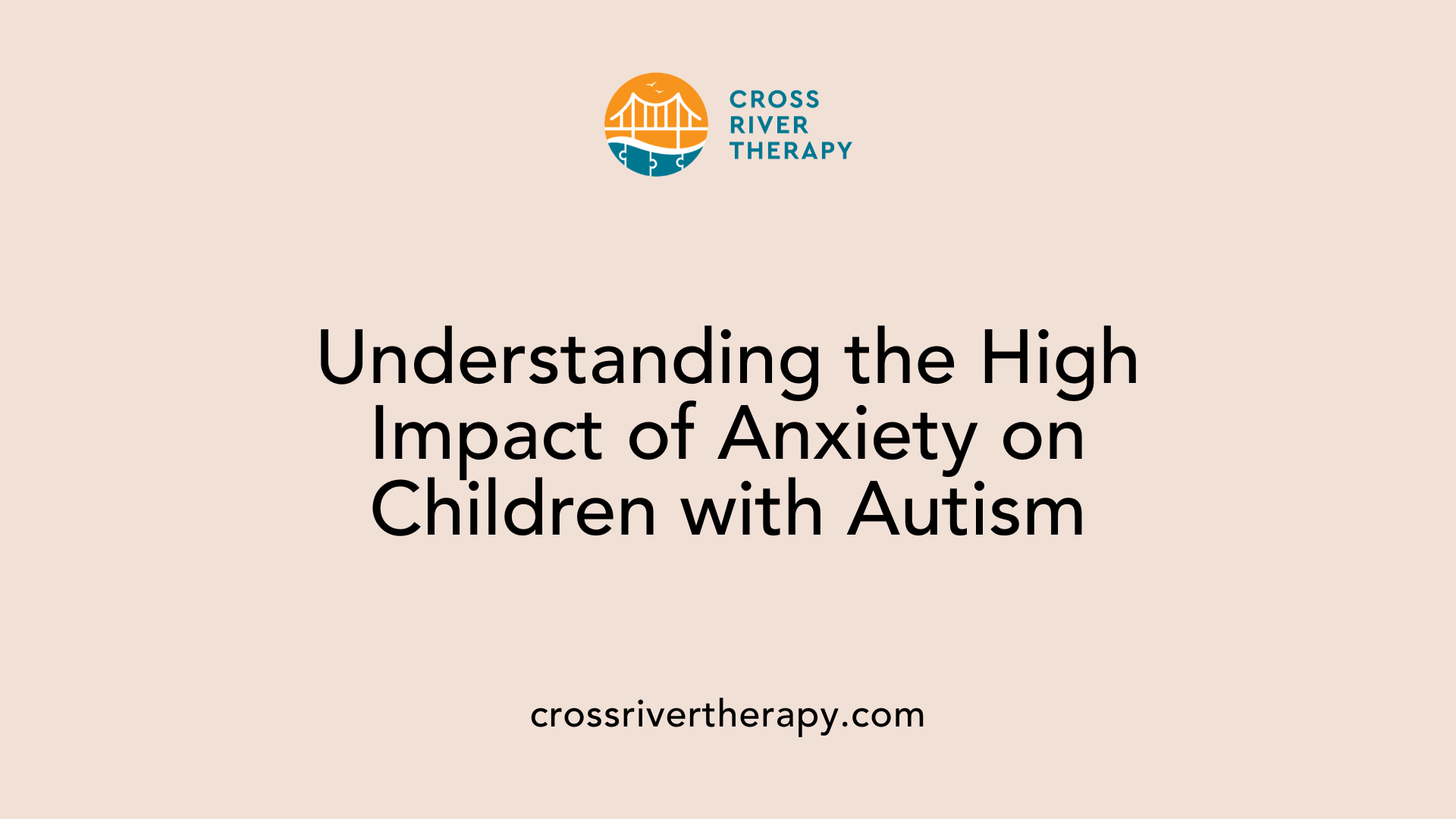
Anxiety Prevalence in Children with ASD
Research indicates that about 40% of children with Autism Spectrum Disorder (ASD) struggle with anxiety disorders, such as obsessive-compulsive disorder. This considerable percentage underlines the urgent need for effective therapeutic interventions. Anxiety often manifests not only as emotional distress but can also exacerbate other challenges faced by children with autism, including communication issues and sensory sensitivities.
Impact of Anxiety on Daily Life
Anxiety can significantly interfere with the daily lives of children with autism. Reports from parents highlight that anxiety levels hinder social interactions and academic performance, creating barriers to engagement in both familiar and novel situations. This disruption occurs as overwhelmed children may find it difficult to participate in typical activities, from school performance to building friendships.
How Does ABA Therapy Benefit Children with Autism Who Experience Anxiety?
ABA therapy benefits children with autism who experience anxiety by providing individualized support that addresses their unique challenges. Many children with autism face increased anxiety due to everyday demands and situations that may seem ordinary to others, leading to significant psychological distress. Through ABA therapy, they learn coping mechanisms and strategies that help them manage their feelings of apprehensiveness and difficulty focusing.
For instance, structured routines minimize unpredictability, and strategies like desensitization gradually expose children to anxiety-inducing stimuli, helping them build tolerance. Parents and teachers often observe these signs of anxiety, highlighting the importance of tailored interventions. Ultimately, ABA therapy fosters a greater sense of independence and confidence, helping children navigate their anxiety and enhancing their overall quality of life.
| Aspect | Details | Considerations |
|---|---|---|
| Prevalence of Anxiety | Approximately 40% of children with ASD | High occurrence warrants attention in therapeutic settings |
| Daily Life Impact | Impacts socialization and academic performance | Children may struggle with engagement in various contexts |
| ABA Therapy Benefits | Individualized strategies to manage anxiety | Enhances coping skills and boosts confidence |
Exploring ABA Therapy as a Comprehensive Solution
What are specific strategies and techniques used in ABA therapy for managing anxiety?
In ABA therapy, specific strategies tailored for managing anxiety in children with Autism Spectrum Disorder (ASD) focus on structured approaches and individualized plans. Key methodologies include:
- Task Analysis: This breaks down complex tasks into smaller, manageable steps, thereby reducing overwhelming feelings and helping children adapt gradually.
- Positive Reinforcement: Encouraging positive behaviors reinforces successful coping strategies, allowing children to feel more confident in various situations.
- Behavioral Activation (BA): This approach is essential for decreasing avoidance behaviors while encouraging engagement in positive activities, helping children willingly confront anxiety-inducing situations.
- Desensitization Techniques: Gradual exposure to anxiety triggers is a fundamental method, allowing children to build tolerance to stress-inducing stimuli.
- Mindfulness Training: Teaching children mindfulness techniques fosters emotional regulation, helping them stay grounded during challenging moments.
- Role-playing and Skills Training: Engaging in role-play scenarios aids in developing social skills and improving communication, crucial for reducing social anxiety.
ABA therapy operates on the foundation of personalized treatment plans, which involve family participation and adapt to the specific needs of each child. This tailored approach significantly enhances the ability of children with ASD to manage anxiety effectively. Overall, by employing these strategies, ABA therapy provides a structured and evidence-based framework to help children navigate their daily challenges with reduced anxiety.
Understanding the Core Components of ABA Therapy
Structure and Reinforcement in ABA
Applied Behavior Analysis (ABA) therapy utilizes structured approaches to help children with Autism Spectrum Disorder (ASD) manage various challenges, especially anxiety. The therapy is grounded in evidence-based strategies that focus on modifying behavior through positive reinforcement, enabling children to develop constructive interactions with their environment. This structured approach is vital in creating a sense of safety for children, which helps alleviate overwhelming feelings common in ASD.
A critical part of ABA therapy involves developing personalized treatment plans that include consistent routines. Children can experience a reduction in anxiety when they know what to expect, as these clear outlines provide a framework within which they can operate. By promoting routine and offering predictable environments, ABA supports children in reducing anxiety levels significantly.
How These Components Alleviate Anxiety
The reinforcement component of ABA therapy is essential in teaching coping strategies. Techniques such as desensitization assist children in gradually facing anxiety-inducing stimuli, allowing them to build resilience over time. For example, children may be exposed to certain sounds or environments in a controlled manner, helping to diminish their sensitivities gradually.
Coping mechanisms are also a focal point in ABA therapy. These include mindfulness techniques, deep breathing exercises, and the use of fidget toys to manage stress during overwhelming situations. By identifying specific anxiety triggers and teaching effective coping strategies tailored to each child’s unique needs, ABA therapy not only addresses immediate anxiety symptoms but also equips children with lifelong management tools.
Through these well-structured methods, ABA therapy shows promising results in reducing anxiety and enhancing overall behavior in children with autism.
Coping Strategies Taught in ABA Therapy
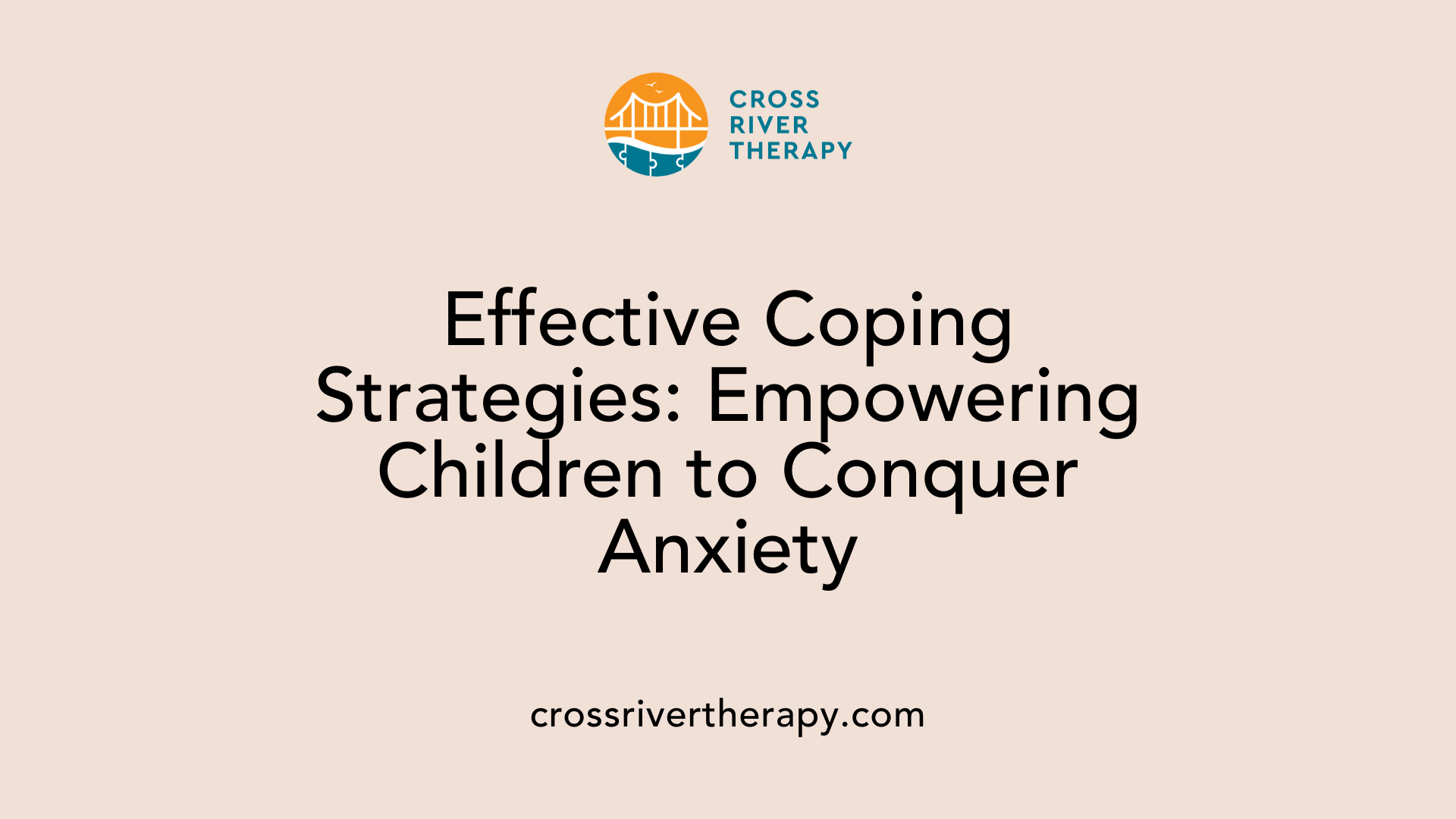
Types of coping strategies in ABA
ABA therapy introduces a variety of coping strategies aimed at managing anxiety for children with Autism Spectrum Disorder (ASD). The focus is on teaching children how to approach their anxiety triggers effectively. Some of the prominent strategies include:
- Mindfulness Techniques: These practices help children to stay grounded and focused, reducing feelings of panic by promoting calmness.
- Emotional Regulation: Utilizing visual aids and role-playing, children learn how to identify and express their emotions appropriately.
- Communication Skills Training: Structured activities that enhance social skills can significantly alleviate social anxiety by facilitating smoother interactions with peers.
Each coping mechanism is tailored to each child's unique challenges, ensuring they resonate with their individual experiences.
Role of deep breathing and mindfulness
Deep breathing exercises are fundamental components within ABA therapy. These exercises provide children with simple yet powerful tools to combat anxiety during overwhelming moments.
In ABA therapy, mindfulness techniques are employed to heighten awareness of the present moment, encouraging children to focus on their surroundings rather than on anxiety-inducing thoughts.
Below is a table summarizing the coping strategies:
| Coping Strategy | Description | Benefit |
|---|---|---|
| Mindfulness Techniques | Techniques to focus on the present | Reduces panic and promotes calmness |
| Emotional Regulation | Identifying and expressing emotions | Improves emotional understanding |
| Communication Skills | Structured social skill-building | Alleviates social anxiety |
| Deep Breathing Exercises | Simple breathing techniques | Helps manage anxiety in real-time |
Through personalized treatment plans, these strategies become effective tools in mitigating anxiety symptoms, enabling children to navigate their world more confidently.
Tailoring ABA Therapy to Individual Needs
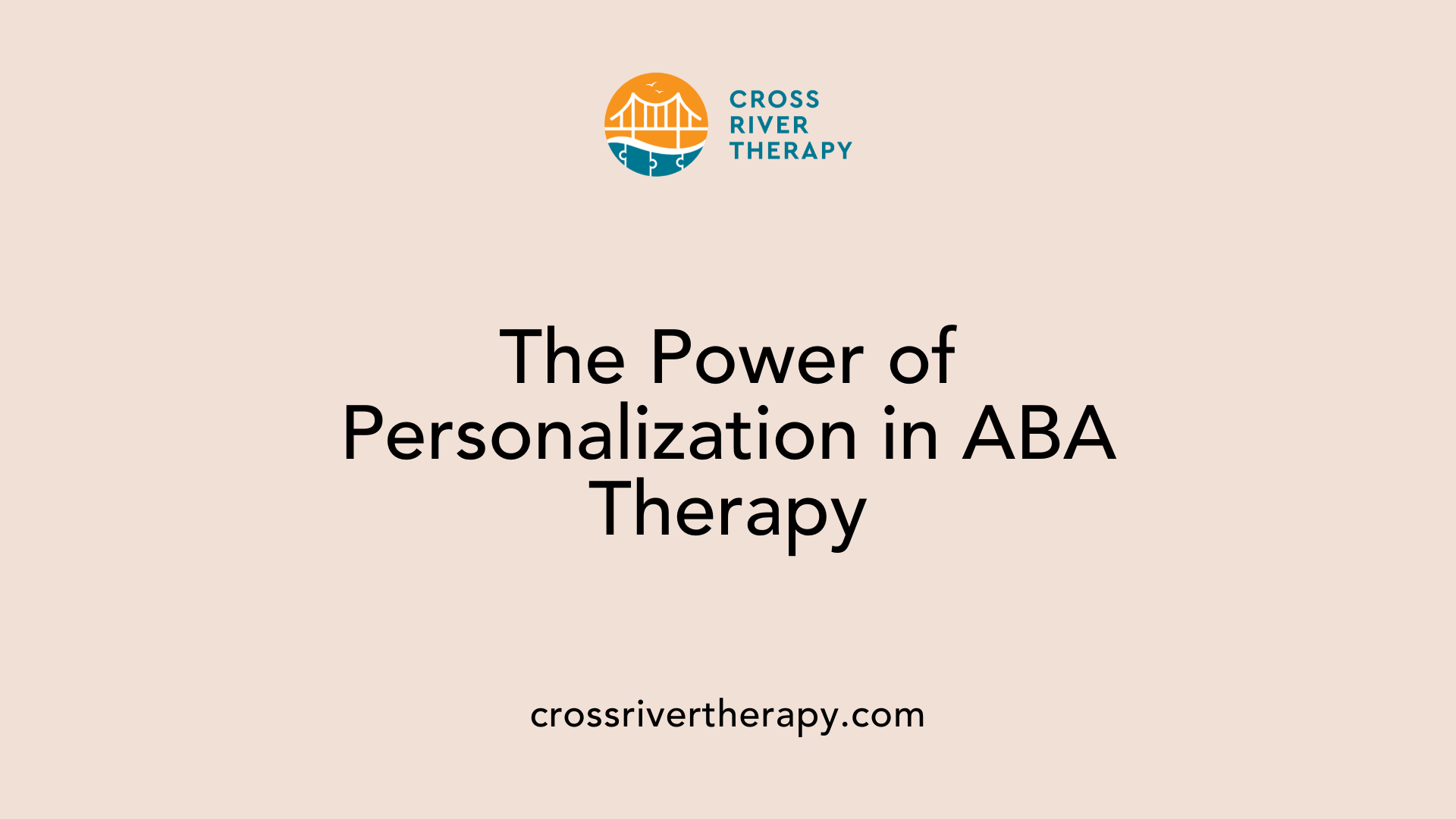
Importance of individualized treatment plans
Individualized treatment plans are crucial in ABA therapy as they cater to the specific needs of each child with autism. Given that nearly 91% of children with autism have co-occurring conditions, such as anxiety disorders, a one-size-fits-all approach is seldom effective. Tailored plans focus on identifying unique triggers of anxiety, whether they stem from specific environments, sounds, or social situations. By doing so, therapists can develop coping strategies that resonate with the child’s specific challenges, enhancing the overall effectiveness of the therapy.
Some strategies may include desensitization techniques, deep breathing exercises, or mindfulness tactics. These approaches help children gradually face anxiety-inducing stimuli and learn to manage their responses more effectively.
Role of family in therapy processes
Family involvement is another fundamental aspect of a successful ABA therapy regimen. When families participate in the therapy processes, they gain insights into their child's triggers and anxieties, which helps them support their child's growth at home. This collaboration fosters a consistent therapy environment, making it easier to reinforce learned strategies across various settings.
Families are also encouraged to engage in designing the treatment plans, ensuring their insights and concerns are adequately addressed. This shared decision-making provides children with a stronger support network, which is essential for navigating anxiety and improving social skills. Ultimately, the combination of individualized plans and active family participation creates a comprehensive approach for managing anxiety in children with autism, leading to more positive outcomes in social and academic realms.
| Element | Description | Benefits |
|---|---|---|
| Individualized Treatment | Custom strategies based on unique triggers | Enhanced effectiveness and faster progress |
| Family Participation | Involvement in the therapy design and process | Better support at home and consistency in skills |
| Personalized Strategies | Coping techniques like deep breathing and role-play | Improved anxiety management and social engagement |
The Significance of Behavioral Analysis in ABA Therapy
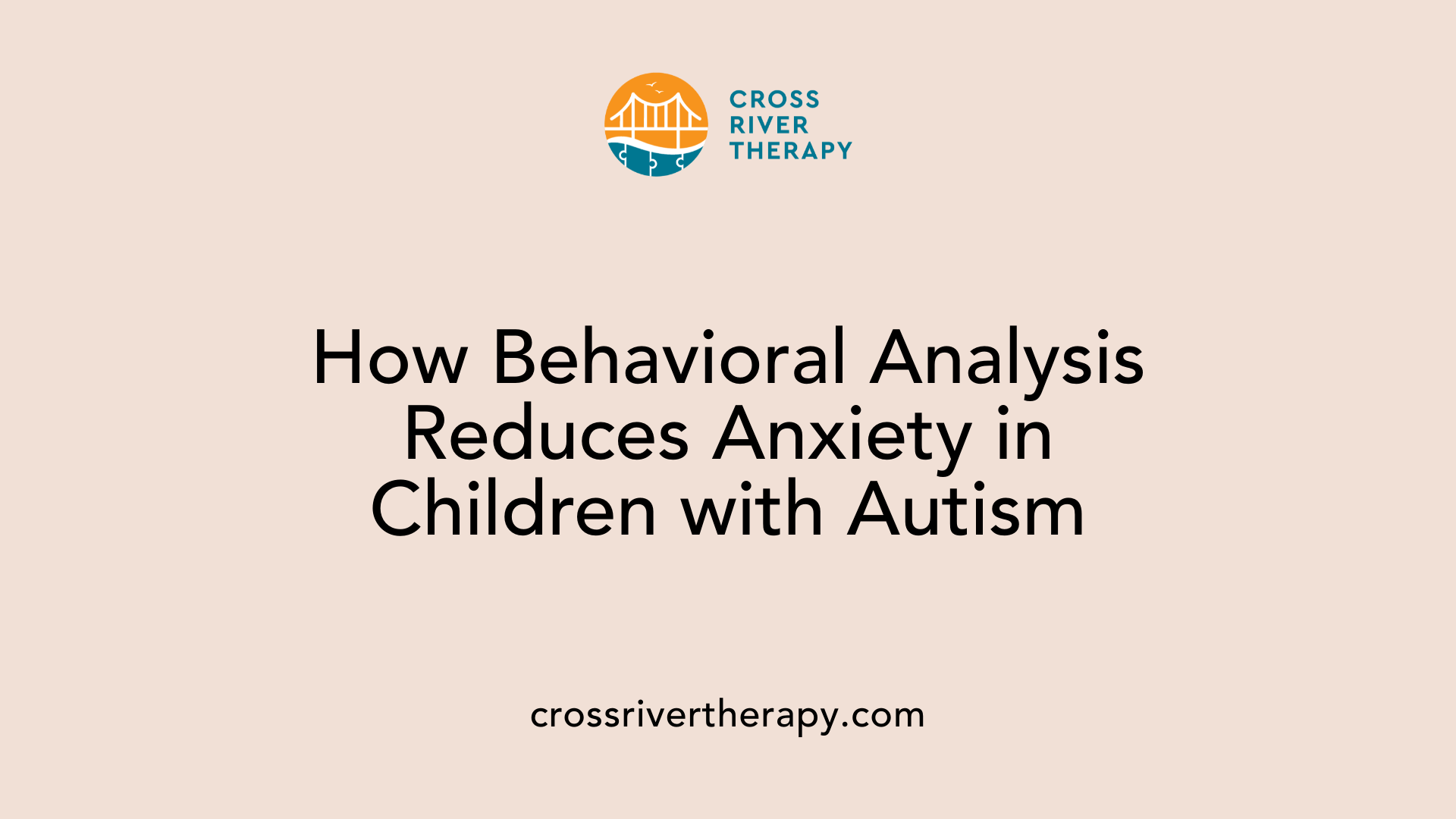
How does behavioral analysis assist in reducing anxiety?
Behavioral analysis plays a critical role in ABA therapy by providing structured strategies to address anxiety in children with Autism Spectrum Disorder (ASD). By identifying specific triggers—such as overwhelming sounds or busy environments—therapists can develop targeted interventions that help children face these stressors with increased resilience.
A core principle of ABA therapy is to utilize positive reinforcement to encourage desirable behaviors. As children learn to manage their anxiety through tailored coping mechanisms, they often experience a renewed sense of confidence in social settings.
What is an example of positive behavioral reinforcement?
An effective example of positive behavioral reinforcement in ABA is the implementation of a reward system when a child successfully uses deep breathing techniques during a stressful situation.
| Behavior | Reinforcement | Outcome |
|---|---|---|
| Child uses deep breathing | Praised verbally and given a sticker | Encourages repeated use of this coping strategy |
| Child tolerates a sensory trigger | Access to a preferred toy | Builds tolerance to anxiety-inducing stimuli |
| Initiates a conversation with peers | Earns extra playtime | Enhances social skills and reduces anxiety |
By consistently reinforcing positive behaviors, children not only learn how to cope with anxiety but also develop essential social skills. This cycle of learning and reinforcement makes ABA therapy a vital component in managing anxiety within the autistic population.
Techniques Beyond Traditional Therapy: Desensitization and Gradual Exposure
Role of desensitization in reducing anxiety
Desensitization is a pivotal technique used in ABA therapy to help children with autism manage anxiety effectively. This method involves gradually exposing children to anxiety-inducing stimuli in a controlled and supportive environment. For instance, a child who is anxious about loud noises might begin by listening to low-volume recordings and slowly increasing the intensity as they become more comfortable.
The process is not immediate; it requires patience and consistency. By facing their fears incrementally, children learn to tolerate the stressors that previously triggered their anxiety. This is crucial for those with sensory sensitivities, as it helps them navigate everyday situations where these triggers might be present.
Success stories from gradual exposure techniques
Numerous success stories illustrate the effectiveness of gradual exposure techniques in reducing anxiety levels among children with autism. In practice, one child who struggled with social interactions developed significant improvements through structured ABA sessions. Initially, they participated in small group activities, gradually increasing their participation to larger settings as their comfort level grew.
Another example includes children learning to manage anxiety in environments like school. Through gradual exposure, they practiced coping strategies such as deep breathing and using fidget toys during exposure to overwhelming social situations. These methods not only reduce anxiety but also foster confidence, enabling children to engage more actively with their peers.
Research supports these techniques, indicating that personalized, gradual exposure methods alongside desensitization can lead to substantial reductions in anxiety symptoms. These positive outcomes highlight the importance of tailored approaches in ABA therapy, empowering children to thrive in various contexts.
Social Skills Development through ABA Therapy
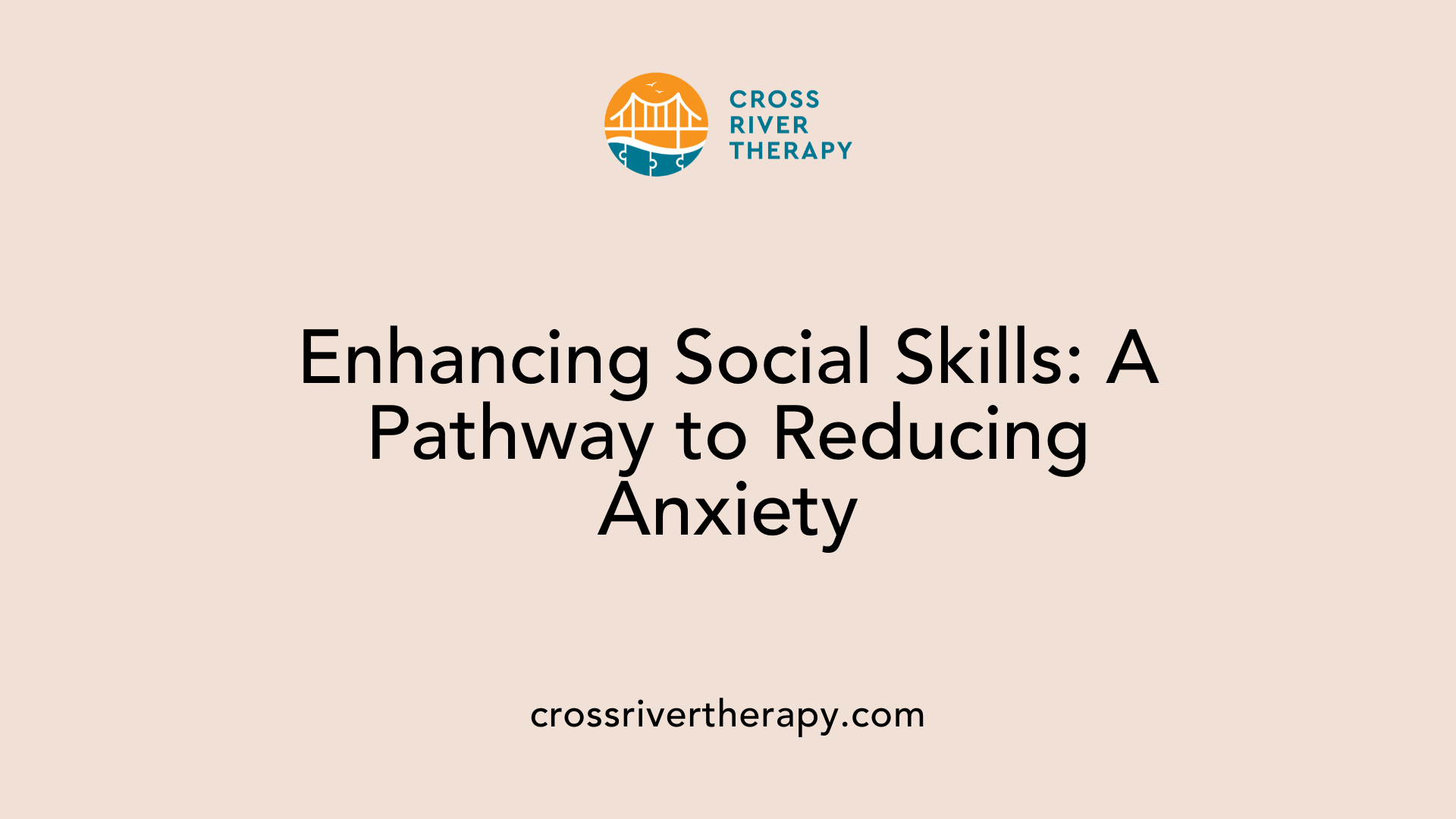
Impact of Improved Social Skills on Anxiety Reduction
Developing social skills is essential for children with Autism Spectrum Disorder (ASD), especially those experiencing anxiety. Research suggests that as children enhance their communication abilities and become more comfortable in social situations, they often experience a reduction in feelings of anxiety. Improved social interactions enable these children to build relationships and engage confidently, alleviating fears associated with social dynamics.
When autistic children learn to navigate social settings more effectively, their sense of isolation diminishes, leading to increased self-esteem and diminished anxiety symptoms. Furthermore, enhanced social skills can provide children with the tools they need to manage challenging interactions, making them less prone to stress when faced with social scenarios.
Approaches in ABA for Enhancing Social Interactions
ABA therapy employs several structured techniques to improve social skills among children with autism. These include:
- Role-Playing: This method allows children to practice real-life interactions in a safe environment, helping to reduce the stress of unfamiliar social situations.
- Social Skills Training: Children learn specific strategies for initiating interactions, maintaining conversations, and responding appropriately to social cues.
- Visual Aids: Tools such as charts or pictures can assist in communication, aiding children in understanding social contexts and responses.
- Gradual Exposure: Through desensitization, children are introduced gradually to social scenarios, reducing anxiety and helping them cope with anxiety-inducing stimuli.
These tailored, evidence-based strategies highlight the effectiveness of ABA therapy in not just managing anxiety but also empowering children with autism to become more adept in their social environments.
Comparing ABA with Other Therapeutic Approaches
How does ABA therapy compare to other therapeutic approaches for anxiety in children?
ABA therapy, or Applied Behavior Analysis, is specifically designed to assist children with Autism Spectrum Disorder (ASD), using strategies like positive reinforcement to foster behavioral changes. This approach is effective in managing anxiety by teaching coping mechanisms and behavioral routines that make the child feel safer in various environments.
In contrast, Cognitive Behavioral Therapy (CBT) addresses anxiety by focusing on thought patterns. CBT is applicable for a broader array of anxiety disorders beyond those associated with autism, such as major depressive disorder and PTSD. Typically, CBT engages children for 5 to 20 weekly sessions, where they learn to identify and challenge negative thoughts, replacing them with healthier, constructive alternatives.
What are the advantages and limitations of ABA and CBT?
| Approach | Advantages | Limitations | |----------|------------|-------------| | ABA | - Well-structured and evidence-based|
- Teaches specific, actionable skills
- Tailored to individual needs with family participation | - Primarily focused on behavior
- May not address underlying cognitive issues | | CBT | - Broader applicability, addressing various anxiety disorders|
- Focuses on cognitive restructuring and emotional regulation
- Can be delivered online, enhancing accessibility | - May require more engagement and time commitment from families |
Research indicates that while ABA therapy emphasizes behavioral modification, CBT provides a more comprehensive treatment by including cognitive restructuring. This distinction is critical; children benefiting from both approaches may experience improved anxiety management and social interactions. For families considering interventions for anxiety in children, understanding these differences will aid in choosing the most effective strategy.
Parental Perspectives on Managing Anxiety through ABA Therapy
Parental Testimonials and Observations
Parents of children with Autism Spectrum Disorder (ASD) often witness firsthand the challenges posed by anxiety. Reports indicate that nearly 91% of children with autism contend with co-occurring conditions, predominantly anxiety disorders. Many parents share that their children face difficulties in social situations, demonstrating anxiety that impacts their engagement in academic and recreational activities.
One parent noted that since starting ABA therapy, her child began to identify anxiety triggers more effectively. This process was crucial, as it allowed them to understand specific sounds or environments that could incite anxiety. By recognizing these triggers, the therapy provided personalized coping strategies—like deep breathing exercises and the use of fidget toys—making anxious moments more manageable.
Collaborative Approaches with Therapists
Collaboration between parents and therapists is essential in the ABA therapy journey. Parents are encouraged to participate actively in their children’s treatment plans, ensuring the strategies align with their child’s unique sensitivities. Therapists and parents often work together to track progress and adapt approaches based on observed outcomes.
Through consistent communication, families implement techniques learned in therapy at home. This includes practicing social skills and coping mechanisms, reinforcing their effectiveness in real-world settings. Parents express satisfaction with this collaborative approach, noting significant improvements in their children's ability to cope with anxiety, highlighting the value of tailored interventions in managing anxiety symptoms.
In Conclusion: The Role of ABA Therapy in Alleviating Anxiety
As we navigate the complexities of anxiety in children with autism, the structured approach of ABA therapy stands out as a powerful tool. By focusing on behavior modification and equipping children with sustainable coping mechanisms, ABA therapy not only aids in managing anxiety but also enhances broader quality of life outcomes. Parents, educators, and therapists must continue to collaborate to ensure that children receive the personalized and effective support they need.
References
- Autism and Anxiety: A Comprehensive Guide to How ABA Helps
- Leveraging ABA Therapy for Anxiety - Flywheel Centers
- ABA Therapy And Anxiety: What You Need to Know
- Can ABA Therapy Help with Anxiety? In Many Cases, Yes
- Blog | ABA Centers of Florida
- Cognitive Behavioral Therapy | Psychology Today
- Autism and Anxiety: Treatment Options and ABA Techniques
- Applied Behavior Analysis in Treating Anxiety Disorders



